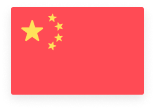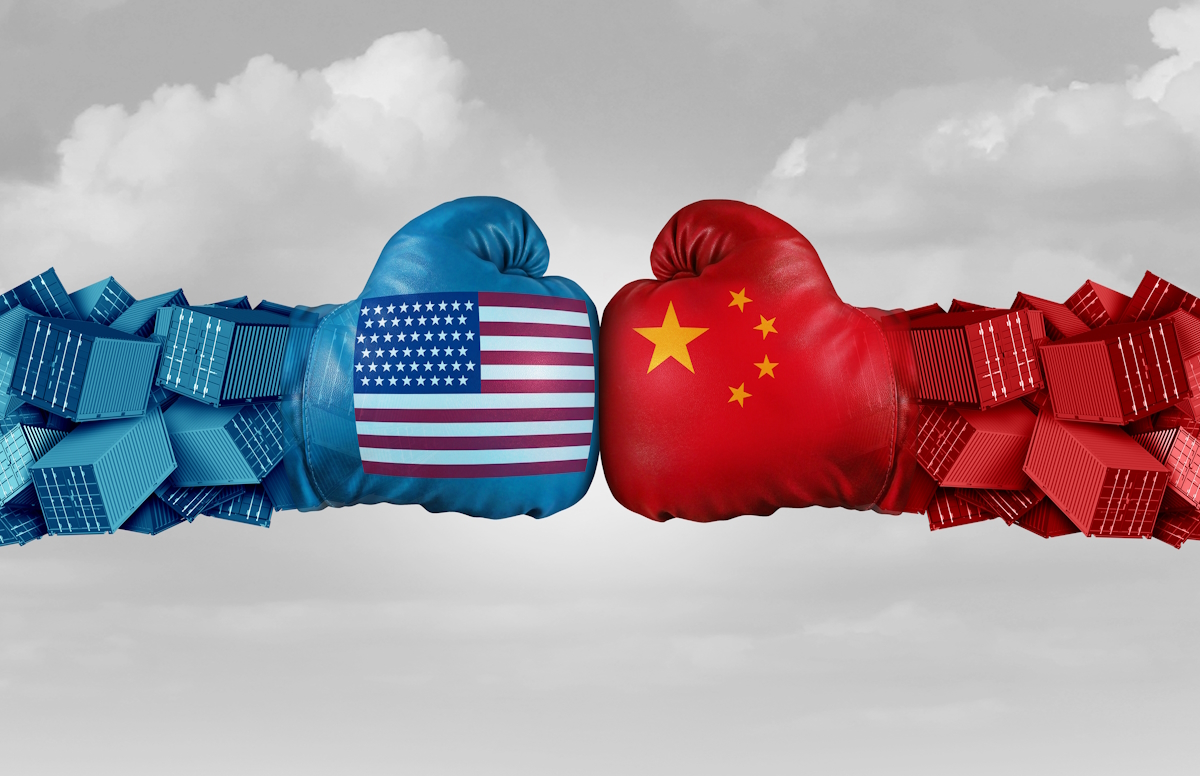The US-China trade conflict is flaring up again as President Donald Trump implements new tariffs on Chinese imports, prompting swift retaliation from Beijing. As of February 4, 2025, the United States has imposed a 10% tariff on all Chinese imports, citing economic security concerns and efforts to curb the flow of illicit fentanyl.
In response, China has announced countermeasures to take into effect on February 10, including a 15% tax on certain types of coal and liquefied natural gas (LNG) and a 10% tax on crude oil, agricultural machinery, large-displacement cars and pickup trucks.
Additionally, China’s State Administration for Market Regulation is initiating an anti-monopoly investigation into Google, signalling broader economic tensions beyond direct trade barriers.
Vincenzo Vedda, Chief Investment Officer of DWS Group, called China’s response “half-hearted”. In all, roughly 80 products were affected, and two US companies were added to China’s blacklist of unreliable entities. “Apparently, only goods worth $14 bn are affected by the tariffs, a tiny fraction of the US package,” Vedda says. “Media and analysts are still speculating whether this is a sign of Beijing not wanting to escalate or whether China wants to keep some dry powder for what could become a longer trade war.”
The escalation has caused some volatility for global markets, with major stock indices in the US, Europe, and Asia sliding as an initial reaction to the imposed tariffs on China, Canada, and Mexico by the US.
China’s stock markets opened higher after the Lunar New Year holiday but soon dropped in reaction to the new tariffs on US imports.
“Though the CSI300 is down only a bit, only 1/3 of the market is up, with the rest down,” observed Puneet Singh, director of quantitative research at Societe Generale in Singapore. “To me, the lack of breadth is a bigger sign of the lack of confidence.”
Goldman Sachs analysts cautioned that the future path of the US-China trade conflict remains uncertain. “Reactions from the US to China’s retaliation, the potential Trump-Xi phone call, and daily [dollar-yuan] fixing in the coming days are key events to watch,” they wrote.
While Canada and Mexico reached agreements with the US shortly before tariffs came into effect, US President Trump and China’s Xi Jinping have yet to confirm any call.
Economists warn that higher import costs could fuel inflation in both economies, while manufacturers in China accelerate their shift to Vietnam, Thailand, and Malaysia to mitigate tariff exposure.
With no confirmed Trump-Xi call and speculation about the next moves, the trade war’s trajectory remains uncertain. With some manufacturers shifting to Southeast Asia, some market observers also believe Trump’s ultimate goal is to reduce the trade deficit by pushing Chinese companies to relocate to the US, further reshaping global supply chains.


 Australia
Australia China
China India
India Indonesia
Indonesia Japan
Japan Malaysia
Malaysia Philippines
Philippines Singapore
Singapore South Korea
South Korea Taiwan
Taiwan Thailand
Thailand Vietnam
Vietnam







